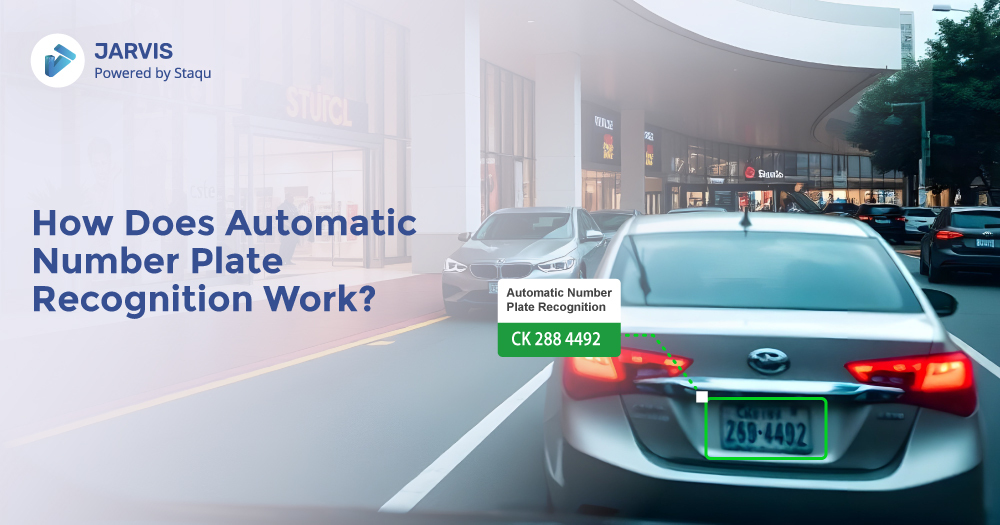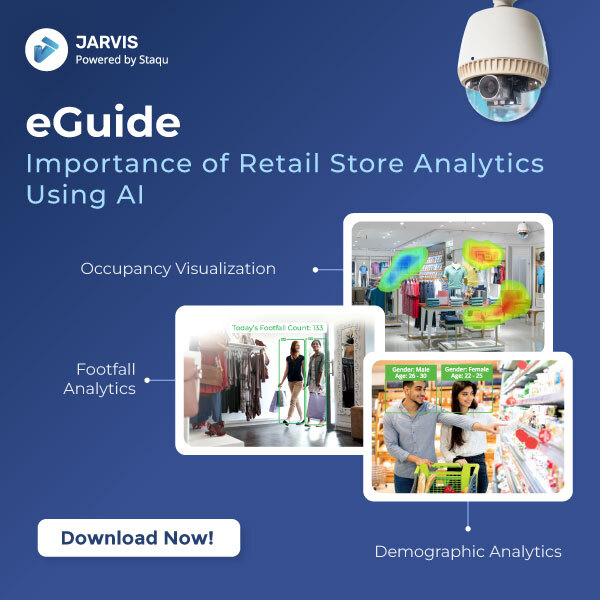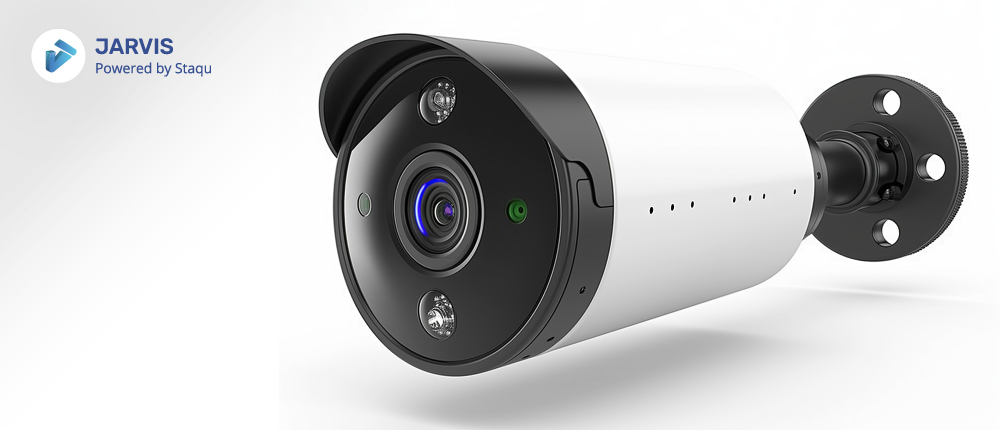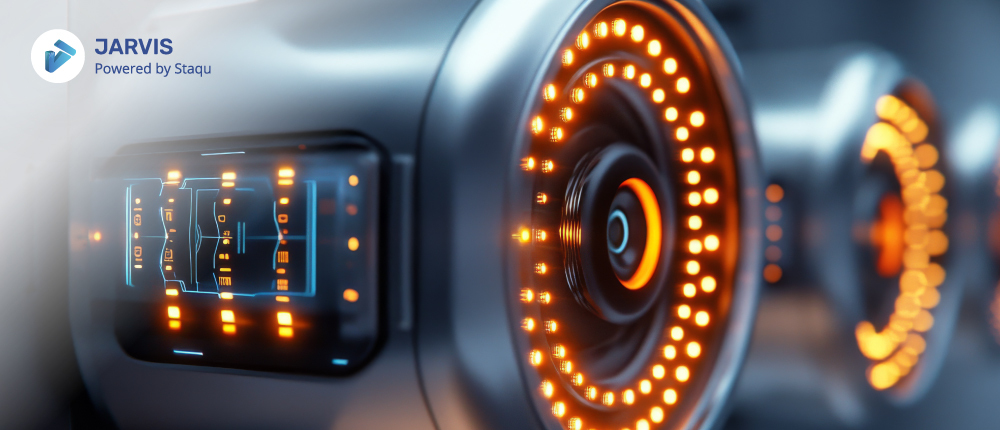How Does Automatic Number Plate Recognition Work

In an era where technology plays a crucial role in ensuring security and efficiency, Automatic Number Plate Recognition (ANPR) has emerged as a vital tool. From law enforcement to toll collection, ANPR systems streamline operations and enhance security measures across various industries. But how exactly does this technology work? This article delves into the mechanics of ANPR, highlights the role of advanced solutions like Jarvis in elevating this technology, and explores its transformative impact on modern industries.
What is Automatic Number Plate Recognition (ANPR)?
Definition
Automatic Number Plate Recognition (ANPR) uses optical character recognition (OCR) technology to automatically read vehicle registration plates. It converts these images into alphanumeric data, which can be analyzed and stored for various applications. Advanced solutions like Jarvis take this a step further by offering real-time data processing and enhanced accuracy, making it easier for organizations to utilize this data effectively.
History and Evolution
ANPR technology has evolved significantly since its inception in the late 1970s. Early systems had limited accuracy and processing speed, but with advancements in computing, camera technology, and OCR algorithms, modern ANPR systems are now highly accurate and capable of processing large volumes of data in real time. Jarvis, for example, represents the cutting edge of this evolution, offering features that address the challenges and needs of today’s dynamic environments.
Applications of ANPR
ANPR technology has a wide range of applications. In law enforcement, it’s used to identify stolen vehicles and monitor traffic violations. Toll collection systems use ANPR for automatic vehicle identification, enabling seamless toll payments without the need for physical booths. In parking management, ANPR automates access control and payment processes. Solutions like Jarvis enhance these applications by providing real-time analytics and integration capabilities that make these processes even more efficient.
Key Components of ANPR Systems
Cameras
Cameras are the cornerstone of any ANPR system. High-resolution cameras with fast shutter speeds are crucial for capturing clear images of moving vehicles. Jarvis employs advanced camera systems designed to operate effectively in various conditions, ensuring that images are sharp and clear, even in fast-moving traffic or low-light environments.
Illumination
Lighting is critical for effective ANPR operation. Advanced ANPR systems, including Jarvis, use infrared (IR) or LED lighting to ensure that license plates are well-illuminated regardless of time or weather conditions. This ensures consistent accuracy in plate recognition.
Processing Unit
The processing unit analyzes the captured images and extracts relevant data, such as the characters on the license plate. Jarvis features powerful processors capable of handling multiple image streams simultaneously, ensuring fast and accurate recognition in high-traffic environments.
Software Algorithms
Software algorithms are essential for converting visual information into readable data. Jarvis uses sophisticated OCR algorithms that accurately recognize characters on license plates, even with variations in font, design, or plate damage. These algorithms are constantly refined to maintain high levels of accuracy.
How ANPR Technology Works
Image Capture
The process begins with the camera capturing an image of the vehicle’s license plate. Jarvis’s high-resolution cameras ensure that the images are clear and detailed, even when vehicles are moving at high speeds.
Image Preprocessing
Captured images undergo preprocessing to enhance their quality. Jarvis’s advanced preprocessing techniques adjust contrast, reduce noise, and correct distortions, ensuring that the OCR software can accurately read the plate, even under challenging conditions.
Optical Character Recognition (OCR)
After preprocessing, the image is processed by OCR software to recognize the characters on the license plate. Jarvis’s OCR algorithms are designed to handle variations in font, plate size, and obstructions, ensuring high accuracy in character recognition.
Data Matching and Storage
Once the characters are recognized, the data is matched against relevant databases, such as stolen vehicle lists or customer accounts for toll payments. Jarvis ensures that this data is securely stored and easily accessible for future reference, enhancing the system’s overall efficiency and reliability.

Download eguide
Challenges and Limitations of ANPR Systems
Environmental Factors
Environmental factors like weather conditions and lighting can affect ANPR accuracy. Jarvis addresses these challenges by incorporating features like adaptive lighting and polarization filters, which help maintain accuracy even in adverse conditions.
Plate Variability
License plate variability, including different designs and fonts, can challenge ANPR systems. Jarvis’s adaptable algorithms are capable of learning and adjusting to new plate designs, ensuring consistent performance across different regions and plate types.
Privacy Concerns
The widespread use of ANPR has raised privacy concerns, particularly regarding the constant monitoring of vehicle movements. Jarvis addresses these concerns by adhering to strict data protection regulations and incorporating robust security measures, ensuring that the technology is used ethically and responsibly.
Advancements in ANPR Technology
AI and Machine Learning Integration
AI and machine learning are revolutionizing ANPR technology. Jarvis leverages these technologies to enhance accuracy and speed, allowing the system to learn from previous data and adapt to new challenges, such as recognizing partially obscured plates or distinguishing between similar characters.
Cloud-Based ANPR Solutions
The shift toward cloud-based ANPR solutions is another significant advancement. Jarvis offers cloud integration, enabling real-time data access and analysis from anywhere. This scalability and accessibility make it ideal for large-scale operations that require processing and managing vast amounts of data.
Smart City Integration
As cities become smarter, ANPR is becoming an integral part of urban infrastructure. Jarvis is designed to integrate seamlessly with other smart city technologies, such as traffic management systems and public safety networks, helping cities manage traffic flow, reduce congestion, and enhance security.
The Future of ANPR Technology
Predictions and Trends
The future of ANPR technology looks bright, with ongoing advancements in AI, machine learning, and cloud computing driving the next wave of innovation. Jarvis is at the forefront of these developments, continually improving to meet the demands of various industries.
Impact on Industries
ANPR technology will continue to impact industries like law enforcement, transportation, and retail. Jarvis will play a crucial role in these sectors, enabling more effective monitoring, streamlined processes, and targeted marketing strategies based on vehicle data.
Ethical Considerations
As ANPR technology becomes more prevalent, ethical considerations, particularly around privacy, will become increasingly important. Jarvis is committed to balancing the benefits of ANPR with the need to protect individual rights, ensuring that the technology is used responsibly and for the greater good.
Conclusion
Automatic Number Plate Recognition is a powerful technology that’s transforming industries worldwide. From its sophisticated components like high-resolution cameras and OCR software to its integration with AI and cloud-based solutions, Jarvis is leading the charge in enhancing security, efficiency, and convenience. Addressing challenges like environmental factors and privacy concerns will be essential as the technology continues to evolve.
Looking to the future, it’s clear that Jarvis will play a vital role in shaping the way we approach security, transportation, and urban planning. By embracing these advancements, we can create a safer, more efficient world where technology seamlessly enhances our daily lives.

